Discover the Great Salt Lake: History, Beauty, and Conservation
Uncover the history and ecological importance of the Great Salt Lake, from its geological formation to current conservation challenges. Learn how you can help preserve this natural wonder.

Introduction
The Great Salt Lake, a shimmering expanse of saltwater nestled in the northern part of Utah, is one of the most unique natural wonders in the United States. As the largest saltwater lake in the Western Hemisphere, it spans an impressive 1,700 square miles, providing a haven for wildlife and a playground for outdoor enthusiasts. The pink color of the Great Salt Lake is primarily due to the presence of specific microorganisms that thrive in its highly saline environment. The lake's significance to Salt Lake City and the surrounding region is profound, from its ecological impact to its cultural heritage. In this article, we'll journey through the lake's history, delve into current conservation efforts, and uncover ways visitors can help preserve this natural marvel.


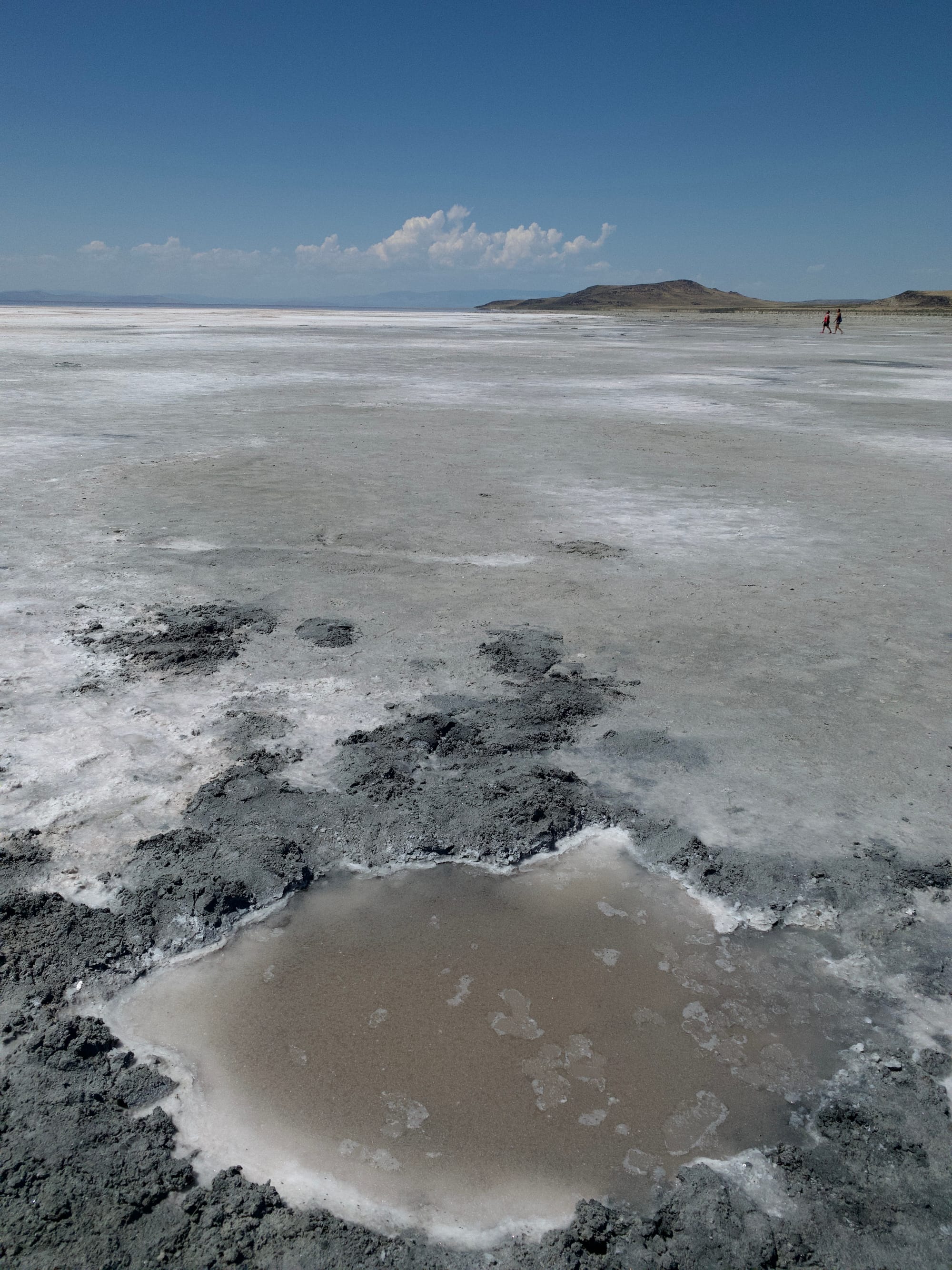
The Great Salt Lake presents a mesmerizing display with its pink-hued waters and expansive salt flats, a result of the high salinity and presence of halophilic microorganisms. This unique landscape, framed by distant mountains and clear skies, highlights the lake’s remarkable environmental and geological features.
History of the Great Salt Lake
Formation and Geological Significance
The story of the Great Salt Lake begins around 30,000 years ago during the last Ice Age. At that time, much of what is now Utah was covered by Lake Bonneville, a vast freshwater lake. As the climate warmed, the water levels began to fluctuate dramatically, leading to increased evaporation. About 10,000 years ago, the remnants of Lake Bonneville evolved into the Great Salt Lake we know today. Unlike its predecessor, the Great Salt Lake is endorheic, meaning it has no outlet, causing high levels of salinity as water evaporates and leaves behind dissolved minerals.
Historical Milestones and Cultural Impact
The Great Salt Lake has been a landmark for centuries, first known to the Native American tribes who inhabited the region. The first recorded European sighting was by explorer Jim Bridger in 1824, followed by John C. Fremont's detailed mapping in 1843. By 1847, members of the Church of Jesus Christ of Latter-day Saints arrived(known as Mormons), and the lake soon became a vital resource for the new settlers, used for grazing cattle and recreation.
The Great Salt Lake has been under state ownership since Utah achieved statehood in 1896. Prior to this, the lake was part of the Utah Territory, which was established by the U.S. Congress in 1850. As part of the state, the lake and its surrounding lands are managed by various state agencies, including the Utah Division of Forestry, Fire, and State Lands (FFSL), which is responsible for overseeing the lake’s resources and ensuring its environmental protection and sustainable use.
The management of the Great Salt Lake involves multiple state and federal agencies to address the environmental and ecological challenges it faces. These agencies work together to implement conservation measures, monitor wildlife, and regulate recreational activities to preserve the lake's unique ecosystem and cultural heritage
One of the lake’s most iconic features is the Spiral Jetty, an earthwork sculpture by artist Robert Smithson. Created in 1970, this 1,500-foot-long spiral made of basalt rocks and mud is both a work of art and a testament to the lake's striking landscape. The lake has also influenced local culture, inspiring everything from folklore to scientific research.
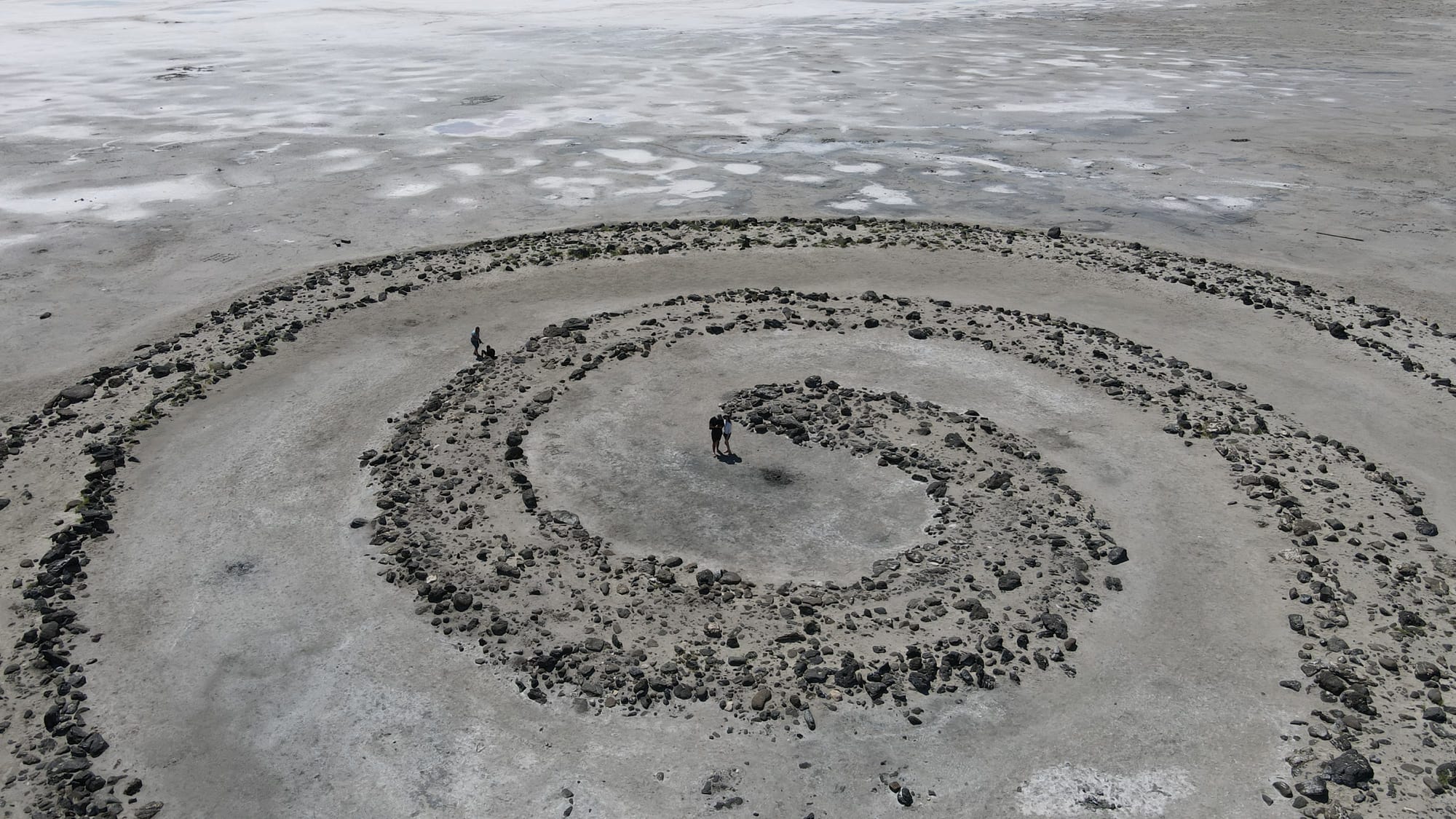
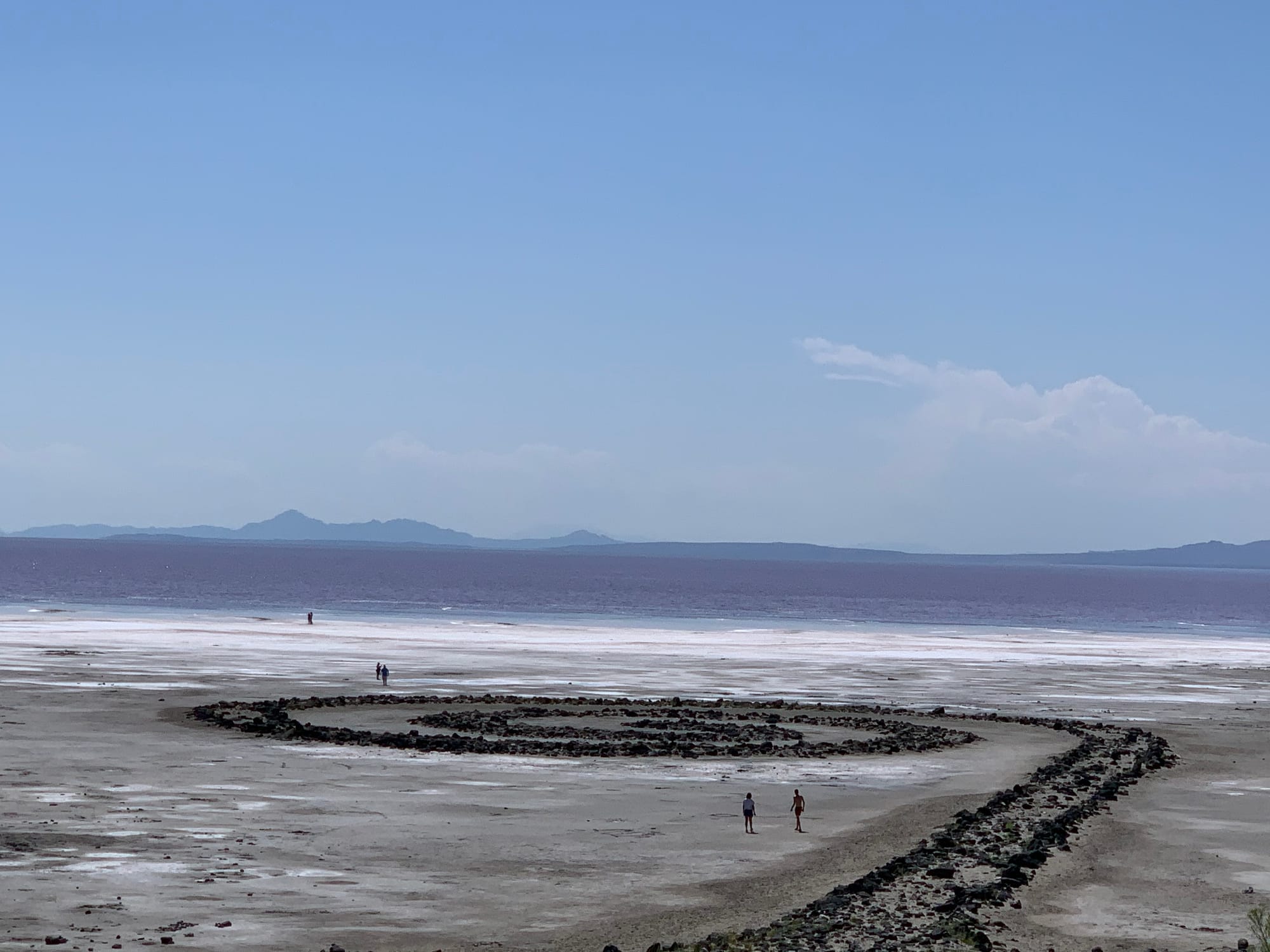
The Spiral Jetty, an iconic earthwork sculpture by Robert Smithson, winds its way through the stark landscape of the Great Salt Lake. This stunning artwork, created in 1970 from basalt rocks and earth, contrasts beautifully with the lake’s pink-hued waters and salt-encrusted shores, showcasing the unique interplay of art and nature.
Conservation Efforts
Current Environmental Challenges
The Great Salt Lake faces several environmental challenges that threaten its delicate ecosystem. Climate change, water diversion for agriculture, and urban development have significantly reduced the lake's water levels. This decline impacts the lake's salinity, which in turn affects the diverse habitats that depend on its unique conditions. Lower water levels have also exposed toxic dust from the lakebed, posing health risks to nearby communities.
How Visitors Can Help
Conservation efforts are crucial to preserving the Great Salt Lake for future generations. Here’s how you can contribute:
- Support Conservation Organizations: Numerous organizations, such as Friends of Great Salt Lake and the Great Salt Lake Institute, are dedicated to protecting the lake. Donations and volunteer work can significantly aid their efforts.
- Mindful Recreation: When visiting, stick to designated trails and areas to minimize environmental impact. Respect wildlife and their habitats by observing from a distance.
- Educate and Advocate: Spread awareness about the importance of the Great Salt Lake and advocate for policies that protect its water levels and ecosystem.
Fascinating Facts About the Great Salt Lake
- Salinity Variations: The lake’s salinity varies dramatically, from nearly freshwater in some areas to super-saturated brine in others, creating diverse ecosystems.
- Bird Haven: The lake is a crucial stopover for millions of migratory birds, with over 338 species recorded.
- Historical Depth: At its deepest during the last Ice Age, Lake Bonneville was over 1,000 feet deep, compared to the current average depth of about 13 feet.
- Salt Crystals: There are more than 11 feet of salt at the bottom of the lake in some areas, contributing to its high salinity.
Conclusion
The Great Salt Lake is more than just a geographical feature; it’s a dynamic ecosystem and a vital part of Utah’s heritage. By understanding its history and the challenges it faces, we can appreciate its value and take steps to ensure its preservation. Whether you’re visiting for the stunning views, the unique wildlife, or the historical sites, remember that your actions can help protect this extraordinary natural wonder.

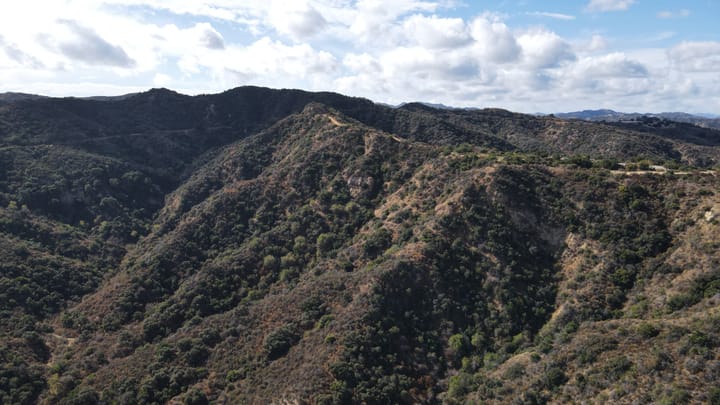
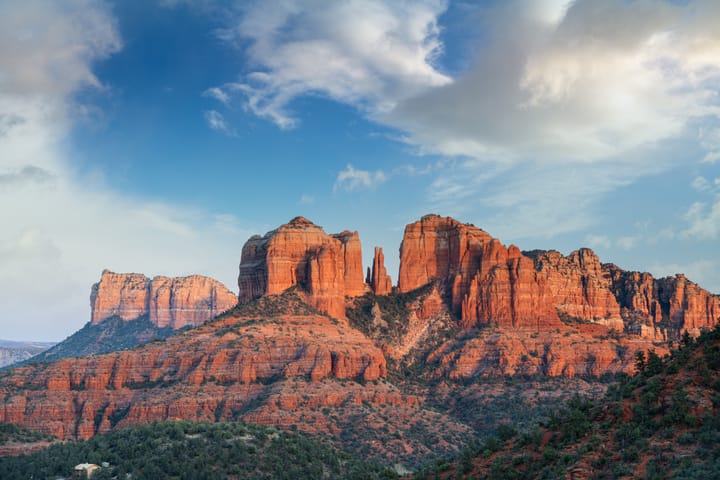

Comments ()